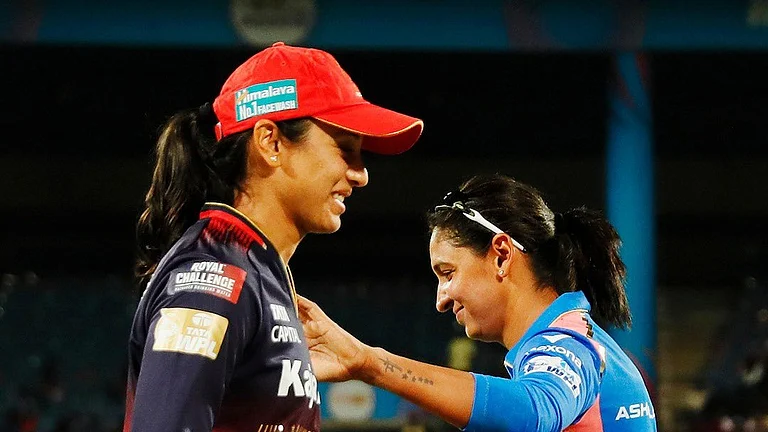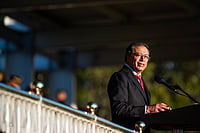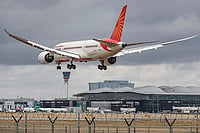The festival of Navroz, also known by the names of Nowruz or Parsi New Year, which is celebrated by the ethnoreligious group of Parsi people adhereing to Zoroastrianism, marks the beginning of spring and the renewal of nature.
The new year's day celebrations find different shades and has numerous interpretaions across a wide of range of cultures and communities around the world while in India, considering both the Iranian and Shahenshahi calendars, it is celebrated twice a year.
The festival, which is a symbol of triumph of spring over darkness, is celebrated around the time of vernal equinox in many countries where Persian culture finds prominence including India, Iran, Iraq, Afghanistan, and parts of Central Asia.
Navroz: History behind the nomenclature
The moniker of 'Navroz' or 'Jamshed-i-Navroz/Jamshed-i-Nouroz' was derived from the name of the Persian king, Jamshed.
Legend has it that the Persian or the Shahenshahi calendar was the brainchild of King Jamshed who is also known to be the saviour of the world from an apocalypse that came in the form of a winter and destined to kill everyone.
In Persian, ‘Nav’ stands for ‘new’ while ‘Roz’ means ‘day’ that literally translates to ‘new day’.
History of the Navroz festival
The ancient festival with history of over 3000 years, finds its roots in one of the world's oldest religions known as Zoroastrianism.
People who adhere to the Zoroastrian religion believe it is the time of spiritual renewal and physical rejuvenation.
An alternate narrative also says that the root of the festival is also related to the life of Jamshid, the Persian king of mythology.
Significance and celebration of Navroz
In India, it is widely believed by the Parsis that souls of the dead return to earth to see their loved ones and shower blessing on them on this day. Hence, ten days before the festival, Parsis pray and remember family members and ancestors who are not around anymore.
To celebrate the day, the Parsis clean their houses after takeing shower. The Parsi households are decked up with beautiful rangolis.
Many people visit temples on this day to offer prayers.
Delectable Parsi cuisines like Farcha, Jardaloo chicken, Patra Ni Machhi, Ravo are an integral part of the Navroz celebrations.
Navroz celebrations in India
India, which is home to 57, 264 Parsis, according to 2011 Census, the Parsi New Year is celebrated very prominently in the states of Maharashtra and Gujarat on account of a sizeable Parsi population living in the two states.
Despite the fact that according to the Iranian calendar, Navroz is globally celebrated in March, in India, the festival is celerated in August as well as the Indian Parsi community also follow the Shahenshahi calendar that doesn’t account for leap years.
Consequently, the festival of Navroz here is celebrated between July and August.


























